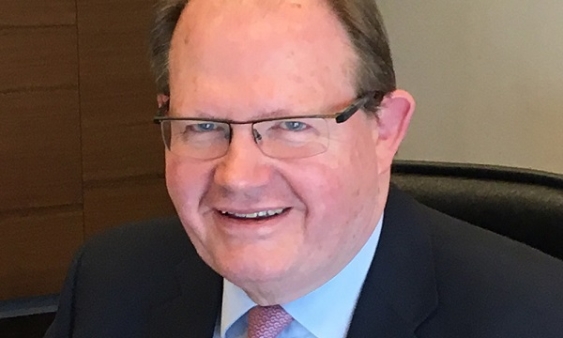
The evolving digitalisation of wealth management
With the constantly changing technology and client behaviour, the WM sector must digitally keep up.
The last few years have proved that the global wealth management industry weathered the global financial crisis relatively well, demonstrating to markets, regulators, and clients that it has the skill, resilience, and innovation not just to survive turmoil, but to build from it.
The Challenges
Wealth managers are well aware of the demands of their operating environment. The pace at which interlinked forces are converging on the sector adds to the urgency to find effective, affordable, and flexible solutions. Yet too often, organisations are locked into outdated structures and practices, delaying the adoption of changes required to deliver sustainable success, whilst the cost of doing so rises.
We argue that forward-thinking organisations need to understand the potential of digitalisation and use it to enhance customer loyalty and future-proof their business.
Start with the Client
Wealth managers often profess that everything they do is driven by their clients. But they too frequently retain service structures and business models which have stagnated while the needs and preferences of their target customers have changed.
Most managers will testify that the source of wealth has broadened considerably in the last two decades, from inherited fortunes to self-made money, from the West to the East, and from the maturing Generation X to the younger Generation Y. Wealth management implies real-time, global reach and multiple channel service delivery.
Today’s wealthy are international and highly mobile, with diverse and complex relationship networks. However, evolving interactive technology empowers them to monitor or directly manage their multi-asset investment portfolios in any location and at any time.
Despite changes in some organisations, too often advice is dispensed from a formal office, obliging the client to travel to meet their relationship manager. Reporting is static and mechanistic, and perhaps outdated before it is even received.
Undoubtedly, some clients will always prefer traditional channels, and firms will have to make a judgement as to how they can continue to support them. A prestigious corporate address and a dedicated client relationship manager may remain a revered tradition, but today’s sophisticated client demands a richer overall experience. The future of wealth management belongs to a complementary but more responsive business model.
Digitalisation
Far beyond automated straight through processing, which is a reactive post-order response, digitalisation aims to interact with the client where and how they prefer, with a full suite of personalised, real-time data, information, and analytics.
It describes a way of doing business rather than a product or a delivery channel, and it acknowledges the changed reality of the wealth sector where target clients tap a range of information sources to compare goods, services, and prices, but feel no particular loyalty to any one provider.
Digitalisation delivers a richer client experience, connecting and supporting the user, by video, tweet, or text. Face-to-face engagement, so important to Generation X, is far less critical to Generation Y used to Facebook, LinkedIn, or WhatsApp.
Intelligent mobile technologies offer great potential to leverage client relationships and streamline the overall business, yet takeup among wealth managers has been slow. Viral connectivity challenges established structures where control, sentiment and information are all traditionally centralised. In contrast, technology providers are delivering powerful but dispersed and collaborative interfaces through an expanding range of mobile applications.
Disruptive challengers
The pace of digitalisation and connectivity is increasing exponentially, opening up unprecedented reach to potential clients, wherever they are, and across time zones.
The usual barriers of cost and time to build client networks are falling. New players are leveraging technology to reduce costs and deliver client-focused service on highly scalable, flexible platforms. Meanwhile, the social, peer-recommended element of digital technologies addresses many of the trust issues traditional finance channels still battle with.
Challengers to financial service providers may not even be from the finance sector. They may be industry-agnostic aggregators, who can offer increased transparency to consumers, innovators who meet client needs in new ways or dis-intermediators who target specific groups with enhanced interaction.
Article by Nicholas Hacking, Director Sales, ERI
Company name: ERI Banking Software Pte Ltd
Phone number: +65 6622 5959 or +65 8718 8618
Email: [email protected]
Website: www.olympicbankingsystem.com






















 Advertise
Advertise








